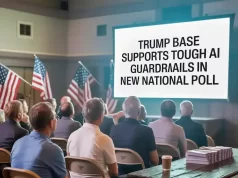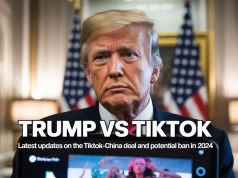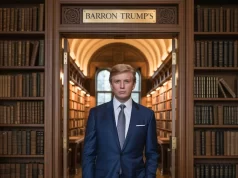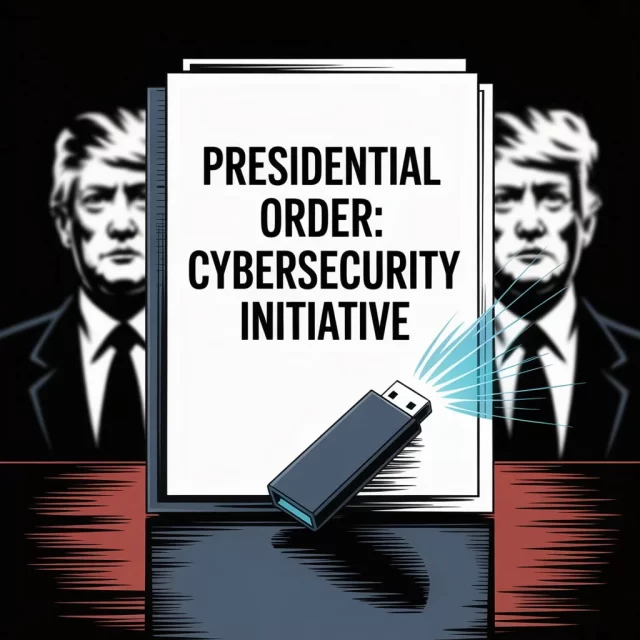
The Shifting Sands of Trump’s Hypothetical Cyber-security Order.
Cyber threats can put everyone’s safety, money, and basic rights at risk. Obama spent more time strengthening the nation’s infrastructure and exchanging details with world leaders, while Biden largely focused on changing software and bettering the work of federal agencies. Any modifications to Trump’s Hypothetical Cyber-security Order. may strongly affect technology, government officials, and society, most likely in Truth Social, AI deepfakes, and the digital side of politics.
Key Changes in Trump’s Hypothetical Cyber-security Order.
1: Amending Biden and Obama Cyber-security Policies
If Trump is elected, he will bring new cyber-security plans that will affect the tech sector, government, and community, especially because of Truth Social, deepfakes made with AI, and online campaigns. The author examines the potential consequences of these changes.
Enhanced Focus on Election Cyber-security
In another controversial decision, the Trump executive order clearly defines which cyber activities related to elections are illegal and provides technical tools to help machines interpret policy standards.Eliminates some guidelines that the Biden administration introduced on fraud in government benefits and security of online benefits.
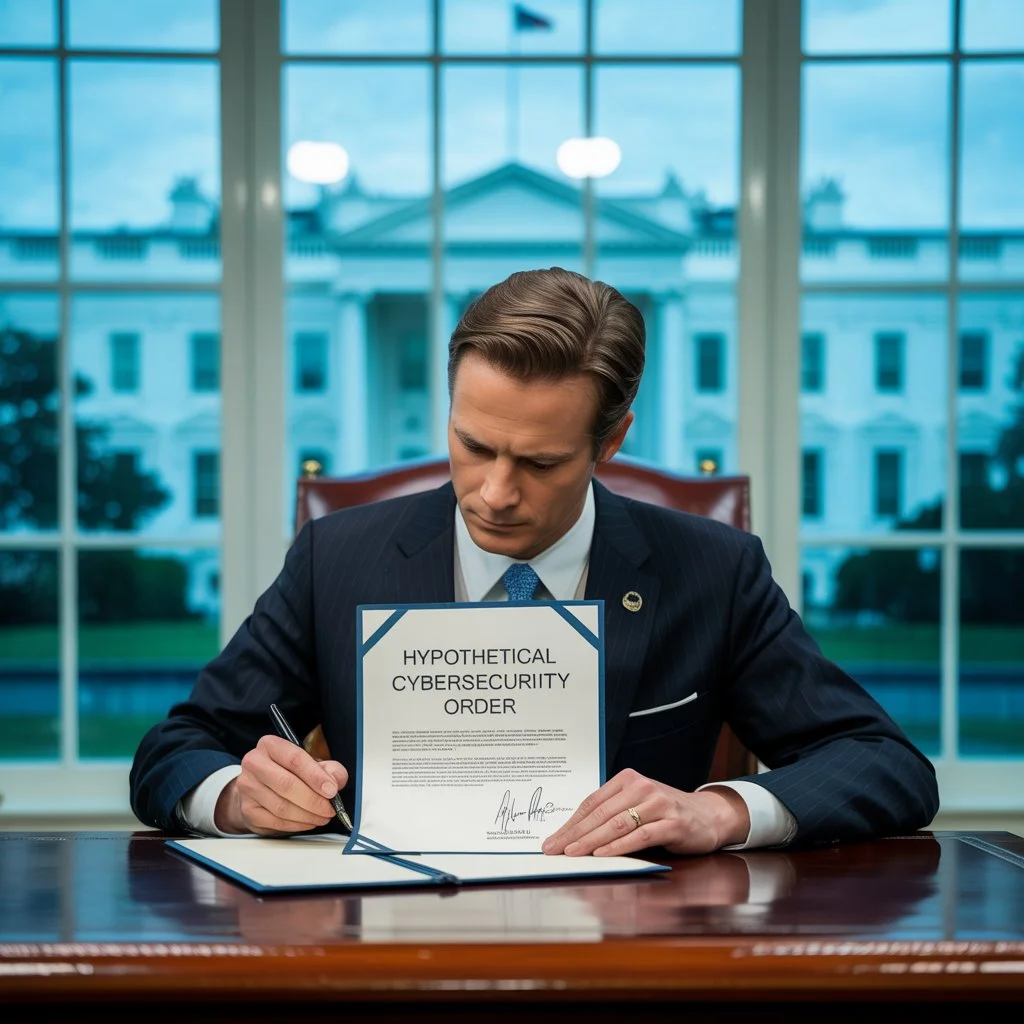
2: Impact on Trump’s Truth Social & Digital Platforms
The EO might cause changes in content control for Truth Social and data protection for the Trump campaign app. It may make AI deepfake rules stricter to stop the spread of misleading information.
3: Critical Areas of Focus in the New EO
Strengthening National Cybersecurity Strategy
The order stresses the following: Border Gateway Protocol (BGP) security is important to stop routing attacks. Strong algorithms that work against future quantum attacks Federal agencies must use policy standards that machines can read.
AI Deepfakes Regulation and Election Interference Concerns
The order adds new steps to discover any flaws in AI systems. It also pays special attention to stopping AI deepfakes involving Trump in the election process. Organizations are finding new techniques to identify fake or altered media.
Digital Identity EO Reversal: Privacy vs. Security
Many critics consider eliminating digital identity to be an overreach of authority.More attention to privacy issues and getting consent from users
Impact on Trump Truth Social: Strengthened Yet Vulnerable
Reinforced Infrastructure, Thanks to Policy Shift
Risks: AI Deepfakes and Disinformation
At the same time, because AI deepfake technology is improving so fast, Truth Social may now face more advanced types of disinformation campaigns. The government must adopt quantum-resistant algorithms. Lawmakers now enforce cyber sanctions.
Trump’s Tentative Cybersecurity Framework: 7 Key Impacts
1: Reshaping Secure Software Development and Procurement
All companies that work with the federal government must have secure software, as required by Biden. Should Trump change this, it might put the security of the supply chain at risk and increase the dangers from vendors. Using only checklists could make government systems at risk.
2: Re-evaluating Digital Identity and Entitlement Fraud
4: The Future of Truth Social and the “Trump Twitter Ban” Echo
The ban on Trump’s Twitter account and the creation of Truth Social raise issues about free speech and cyber-security. A Trump executive order could update Section 230 and limit how social media platforms moderate posts. This could boost Truth Social’s popularity and strengthen social media cyber-security.
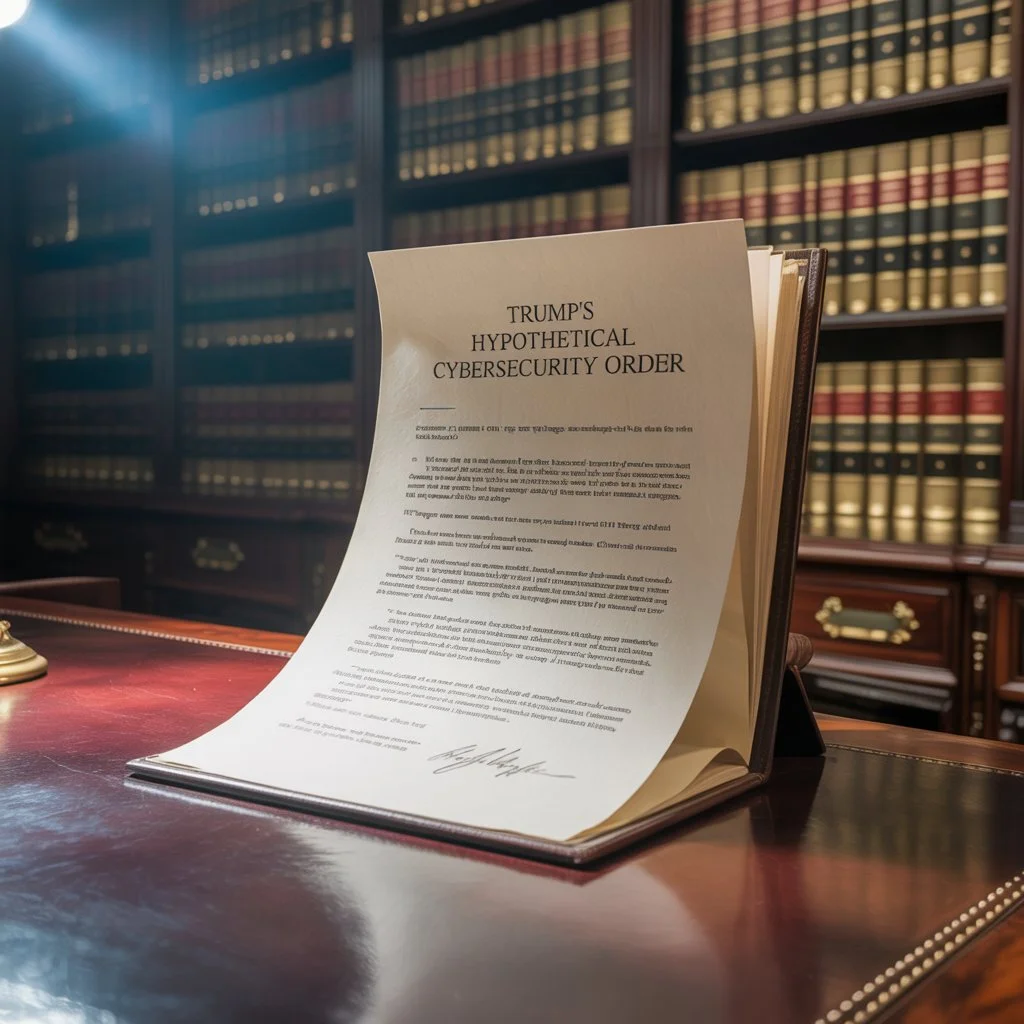
5: Amplifying Cyber Sanctions and Foreign Malicious Actors
Both the Obama and Biden administrations used cyber sanctions on countries that carried out cyber threats. Trump might give an order to stop attackers from targeting U.S. political figures until the elections are over. So, officials might decide to cut down the list of targets, and agencies responsible for security might focus more on attacks backed by governments. It could have an impact on how the country affects worldwide cybersecurity matters.
6: Bolstering Border Gateway Protocol (BGP) Security and Network Interconnections
They made use of cyber sanctions against a wide variety of targets. By targeting foreign groups only, Trump could make the policy less extensive, which would encourage agencies and ISPs to focus on improving security. Secure routeing is possible for stakeholders since they have agreed upon it.
7: Truth Social Cybersecurity: Trump’s Digital Platform Under New EO
AI deepfakes are becoming a bigger danger to democracy. Because of Trump’s executive order, the Trump app might be able to gather more personal information in the face of criticism. How the EO views AI and censorship could play a role in the government’s approach to deepfakes.
Trump Twitter Ban and Digital Identity: A New Legal Landscape
Digital Identity Mandates Rolled Back
The Biden and Obama administrations emphasized identity checks for companies. Trump’s executive order overturns some rules to support free speech, ensures data protection without violating privacy, and allows people to challenge the Trump Twitter ban if X fails to follow federal ID rules
Comparative Overview
Feature Obama Era Biden Era Trump Executive Order 2025 Requirements for digital IDs Strongly encouraged federally required optional privacy-first AI Cybersecurity is the main area of study. Low Medium High Federal-Private Cooperation Limited Expanding Strong Emphasis Cyber Sanctions related to Elections Undefined Broad In other words, More Focused Secure Software Development Recommended Mandated Offering incentives instead of forcing people is better.
Comparison of Key Cyber-security Focus Areas
The Obama Administration focused on this while the Biden Administration continued with it. Software Security Is governed by best practices audits of the supply chain Is required by law more relaxed rules attention given to compliance checklists Digital Identity Less federal role Give out secure digital ID cards for public benefits use the money on fraud prevention if the mandate is taken away AI Cybersecurity At the beginning AI is used to defend but now concerns are about censorship Cyber Sanctions Targets foreign actors who are malicious The law does not include domestic political activity Sharing information overcame the obstacles and encouraged people to exchange ideas. Security in IoT is gaining importance it now supports the Cyber Trust Mark label to highlight consumer options. Critical Infrastructure Cyber-security framework for companies More attention given to security.
FAQs
Q1: Would Trump’s Hypothetical Cybersecurity Order cancel previous cyber-security policies?
The new administration may introduce new cybersecurity policies, but it should not completely replace the old ones, since security in the country depends on continuity. Most of the changes will affect areas that the administration.
Q2:How will this situation affect Trump’s Truth Social?
The platform might need to implement stronger security and content control measures to comply with the latest national security laws.
Q3: How will this situation influence Truth Social
Although Truth Social could use stronger security and protection against foreign interferences, AI-driven disinformation is still a threat.
Q4: Would a new order affect the National Cyber-security Strategy or its implementation?
A new order may affect the process of forming and putting into action the National Cyber-security Strategy.The main objective does not change.There can be many differences in how the private sector is engaged, even if the goal stays the same.
Q5: What is the Cyber Trust Mark?
A label from the government that proves IoT devices and apps have strong cyber-security measures.
Conclusion:
A new executive order on cyber-security from Trump would change the course of federal cyber-security and have implications for Truth Social, AI deepfakes, and digital identity EOs. Both public and private groups must respond and decide if these changes will improve or weaken security.
https://www.instagram.com/globalnews.pk?igsh=aTFwbHp3eGRuN3ln
https://www.facebook.com/share/16ChYbVnGE/
https://www.youtube.com/@globalnewspk




